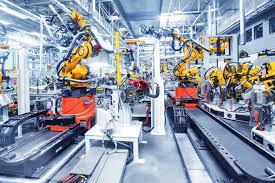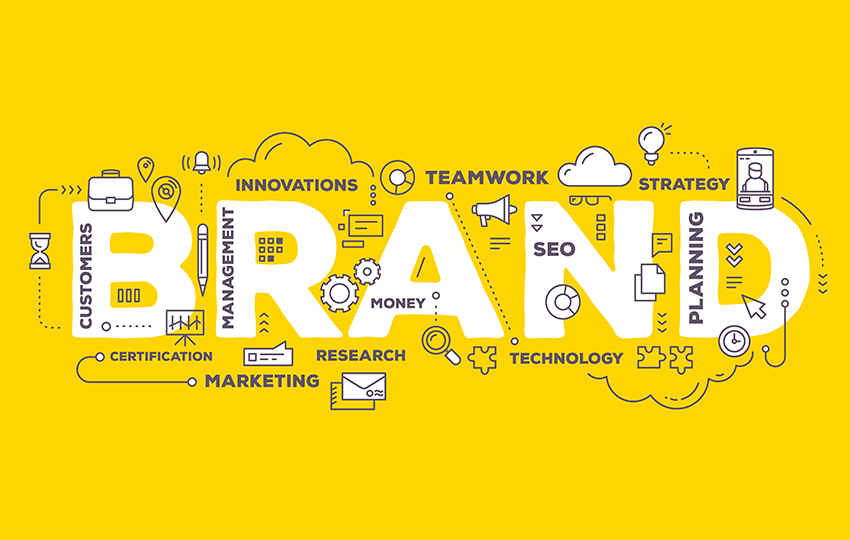1. Increased adoption of automation and robotics: The use of automation and robotics is rapidly growing in the supply chain and logistics industry. This trend includes the implementation of automated warehouses, robotic picking systems, and autonomous vehicles for transportation.
2. Integration of Internet of Things (IoT) technology: IoT technology is enabling enhanced tracking and visibility of goods throughout the supply chain. IoT sensors are being deployed to monitor conditions such as temperature, humidity, and location, providing real-time data and alerts for better decision-making.
3. Focus on sustainability and green logistics: Sustainable practices are gaining prominence in the supply chain and logistics sector. Companies are increasingly emphasizing environmentally friendly initiatives such as reducing carbon emissions, optimizing routes, and implementing green packaging solutions.
4. Growth of e-commerce and last-mile delivery: With the continuous rise of e-commerce, there is a growing demand for efficient last-mile delivery solutions. Companies are exploring options like drone delivery, crowdshipping, and micro-fulfillment centers to ensure faster and more convenient delivery.
5. Digitalization and data analytics: The digital transformation of the supply chain and logistics industry is underway. Companies are adopting advanced analytics tools to leverage the vast amounts of data available, enabling them to optimize operations, improve forecasting, and streamline decision-making processes.
6. Shift towards omnichannel distribution models: Traditional supply chain models are evolving to accommodate the growth of omnichannel retailing. Retailers are integrating online and offline channels, which requires more flexible logistics systems capable of handling diverse fulfillment needs.
7. Increased focus on supply chain resilience: The COVID-19 pandemic highlighted the importance of supply chain resilience. Companies are now reassessing their supply chain strategies, prioritizing robustness, and diversifying their supplier base to mitigate risks and disruptions.
8. Rise of blockchain technology: Blockchain technology offers immutable and transparent record-keeping capabilities, which can enhance trust and security in supply chain transactions. It is being adopted to track and verify the movement of goods, ensuring authenticity, preventing counterfeiting, and improving traceability.
9. Emphasis on talent and skill development: As supply chain and logistics operations become more complex, companies are investing in talent development. There is an increased focus on upskilling and reskilling the workforce to adapt to emerging technologies and meet evolving customer demands.
10. Collaborative partnerships and ecosystem development: Companies are increasingly seeking collaboration and forming strategic partnerships along the supply chain. Collaborative ecosystems allow for sharing resources and expertise, optimizing processes, and creating value for all stakeholders involved.



